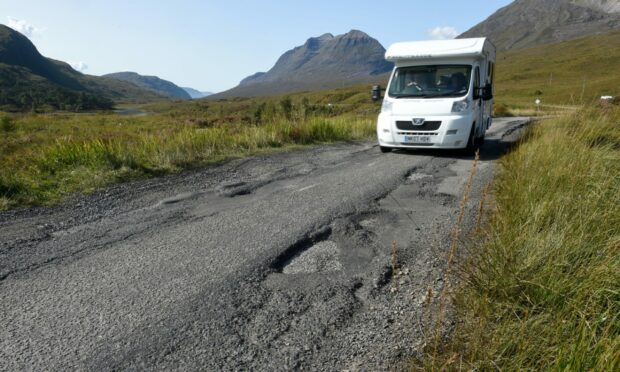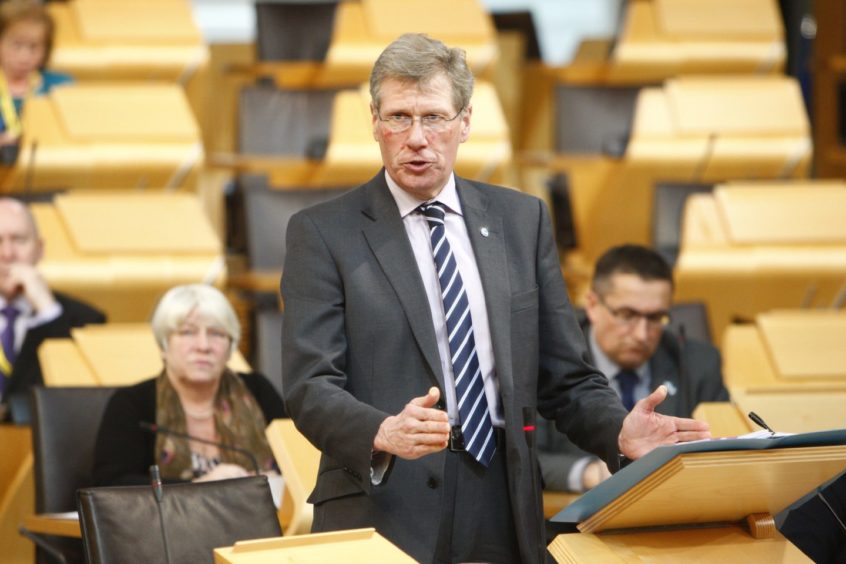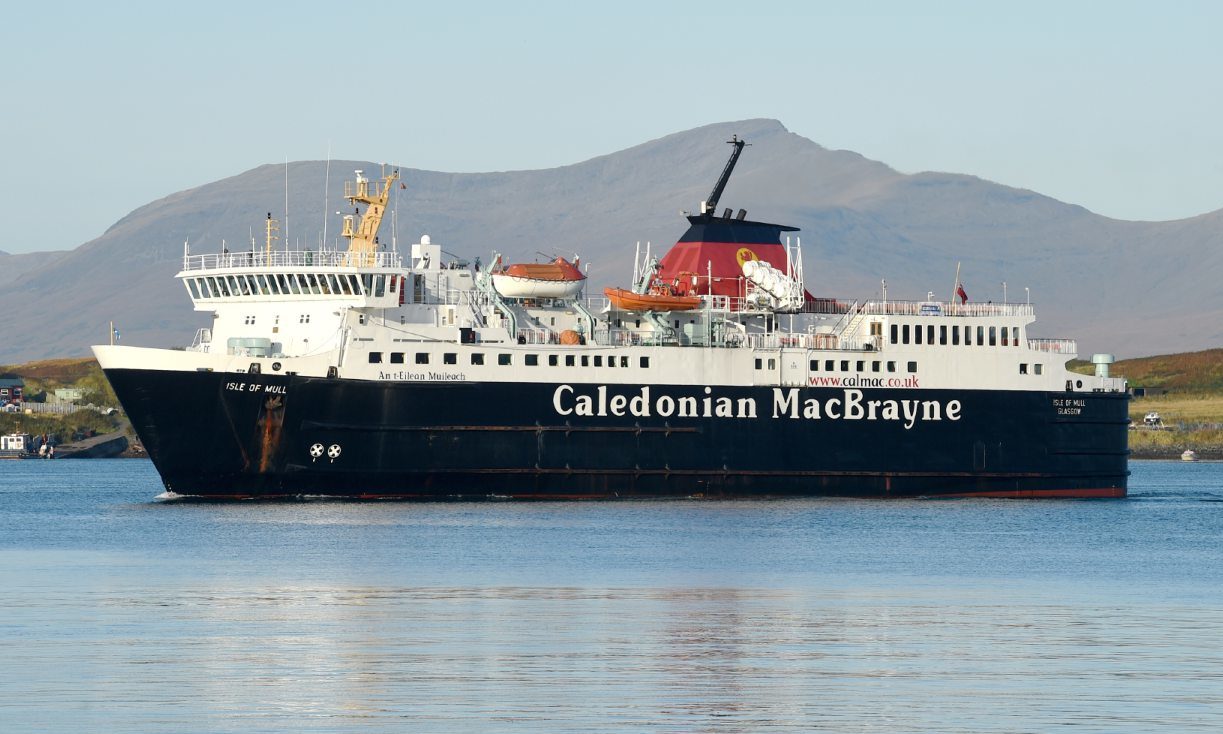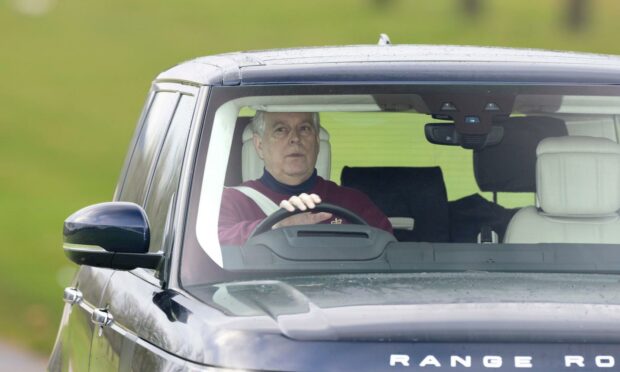High speed rail in the UK is slowing down. Boris Johnson’s government no longer thinks it is urgent to lay new tracks north of Birmingham.
Instead, existing lines will be upgraded.
Less levelling up than a political limbo dance to chants of “how low can you go?”
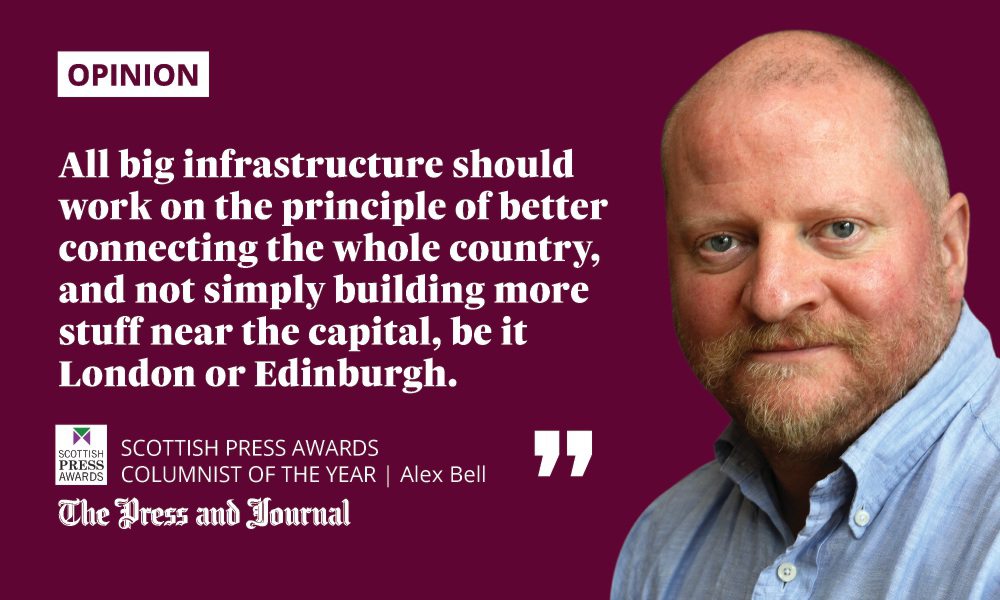
All politics is local and this applies to governments – they invest close to parliamentary home.
Nowhere is this more evident than Scotland. Outraged denial by the SNP doesn’t change the fact that Edinburgh and Glasgow benefit the most from government spending.
The Nats in power are pure British – when in doubt, centralise.
Inept attitude to infrastructure
While a new tram track is close to opening in the capital, and weegies get new motorways, the rest of us must wait our turn. Enough signals have been sent for it to come as no surprise when the A96 and M9 improvements are cut back.
As they might say in Edinburgh, you’ll have had your T-junction.
Britain has long been slammed for its inept attitude to infrastructure. What we call high speed rail, the continent just thinks of as basic necessity for a growing economy and connected society.
When British governments do get round to talking locomotives, they always mean local.
About 10 years ago Nicola Sturgeon promised high speed rail between Edinburgh and Glasgow. Anyone on the slow train from Thurso would have looked on in envy. She didn’t deliver on her promise, while the figurative passenger from the north may well still be on the same train, waiting to arrive.
The justification is that it’s better to start where most of the people are – for England, it’s the south; for Scotland, the Central Belt.
At a certain level, that makes sense, but not always. Transport is, after all, about travel and distances.
Post-COP26, it makes no sense at all to further develop road and rail in crowded areas.
The great regret is that a Labour administration sabotaged proposals for congestion charging in Edinburgh 20-odd years ago. It held a referendum and it lost. Car drivers didn’t vote for more expense.
The move should have been imposed, as it was in London. Two decades later, the city would be richer, cleaner and greener.
Too little, too late
Glasgow talks about banning cars from the centre, while Aberdeen debates pedestrianising Union Street. It all sounds too little too late, but still the right thing to do. That doesn’t mean it makes sense to stop developing the rest of the country.
The Alba Party MP Kenny MacAskill recently called for the Eurotunnel line to reach Scotland, as was promised 30 years ago. It’s a strange position, to want to leave the UK yet dictate UK infrastructure plans, but no stranger than the SNP’s support for a third runway at Heathrow.
That aside, it makes perfect sense.
Had the Euro link been delivered as promised, there would be far less need for HS2. In its absence, HS2 should have begun in the north in the first place. That would have stimulated the economy and improved connectivity where it was needed most.
Instead, HS2 amounts to no more than an increase in the carbon emissions, pollution, and misuse of valuable land, in what is essentially ever-Greater London.
From now on, all big infrastructure should work on the principle of better connecting the whole country, and not simply building more stuff near the capital, be it London or Edinburgh.
It is an international embarrassment that tourists flock to the North Coast 500 to report back that we can’t even maintain the tarmac on roads too thin for the traffic
In Scotland, this is an urgent necessity. Island communities are withering because ferry links are unreliable. If the SNP government treated ferries like ministerial cars, then it would be a political crisis. As it is, it’s a problem to be patronised.
If Nat ministers were serious about connectivity, then, after fixing the ferries, they’d develop our tortuous rural roads. It is outrageous that the main link to the west at Dalwhinnie is single track, while the road to the north end of Loch Lomond is more theme park ride than thoroughfare.
It is an international embarrassment that tourists flock to the North Coast 500 to report back that we can’t even maintain the tarmac on roads too thin for the traffic.
Imagine a Scotland of the future
It’s the lure of the big scheme, the grand project, that’s partly to blame. Yet, what could be grander than preparing Scotland for the inevitable demand on its land and people that will come from climate change by developing its infrastructure outwith the Central Belt?
We need ferries that work. We need roads that allow people to develop the rural economy. We need more electric car clubs to allow rural communities to get to the shops.
We need thinking that can begin to imagine a Scotland of the future, where the carbon fuel car is dead, working from home is established and the long distance train a vital way to unite the country.
That requires that we end centralised government fixated on capital cities and think, instead, of the whole country being a resource for wealth, health and happiness.
Levelling up is the right idea. It applies to Scotland too. It’s just a question of getting leaders who honestly deliver on their words.
